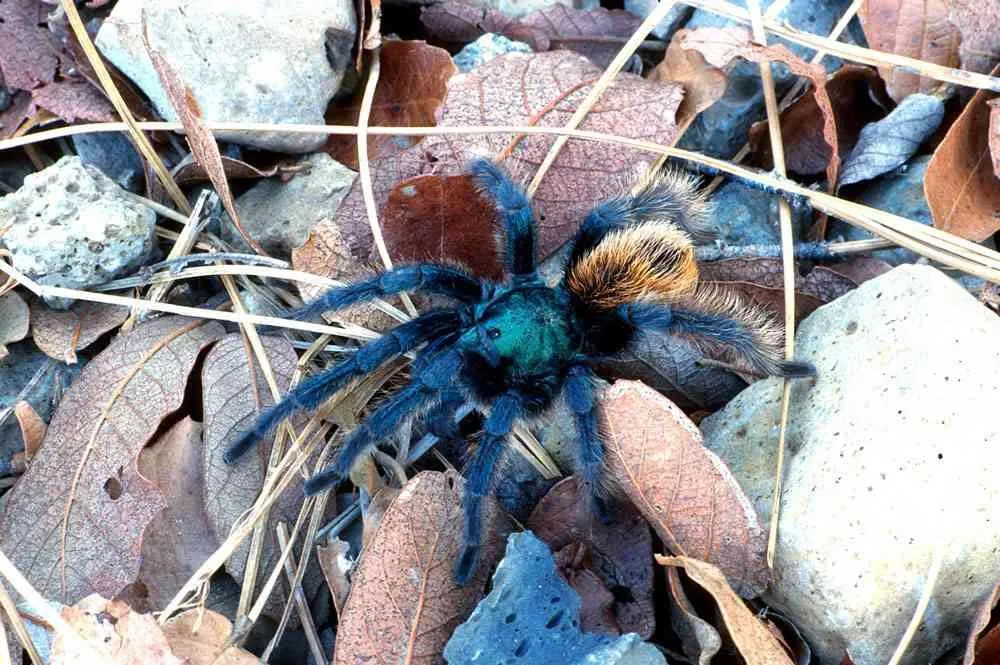What is a Tarantula
Tarantulas are large, hairy spiders belonging to the Theraphosidae family. These impressive arachnids are known for their size, often boasting leg spans that can reach up to 12 inches or more in some species. Tarantulas are found in various habitats around the world, primarily in tropical and subtropical regions. They are generally nocturnal hunters, using their fangs to inject venom and subdue their prey. Despite their intimidating appearance, most tarantula species are not considered highly venomous to humans, although their bite can be painful. They play a vital role in their ecosystems by controlling insect populations. These fascinating creatures have captured the attention of scientists and enthusiasts alike, sparking a growing interest in their behavior, biology, and conservation.
Tarantula’s Classification
Tarantulas are classified within the phylum Arthropoda, which includes all invertebrates with exoskeletons, segmented bodies, and jointed appendages. They belong to the class Arachnida, characterized by having eight legs, two body segments (cephalothorax and abdomen), and no wings or antennae. Within Arachnida, tarantulas are further classified into the order Araneae, which encompasses all spiders. The Theraphosidae family is the specific grouping that defines tarantulas. This family is diverse, containing numerous genera and a wide range of species with varying characteristics such as size, color, and habitat preferences. Understanding this classification helps to appreciate the evolutionary relationships and the unique traits that define these fascinating creatures.
Physical Characteristics
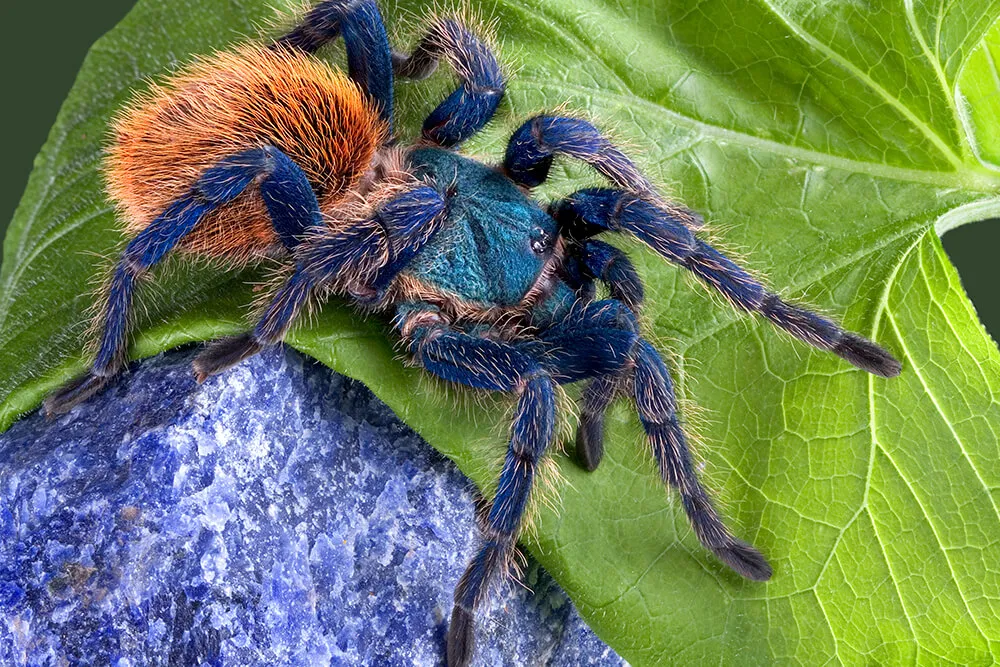
Tarantulas are easily recognized by their large size, hairy bodies, and eight long legs. Their bodies are divided into two main parts the cephalothorax (fused head and chest) and the abdomen. The cephalothorax houses the spider’s brain, eyes, mouthparts (including fangs), and legs. The abdomen contains the digestive and reproductive organs, as well as the spinnerets used to produce silk. Their bodies are covered in a layer of hairs, which serve various purposes, including sensory functions and defense. These hairs can be urticating (irritating) in some species, causing discomfort if they come into contact with skin or eyes. The size and appearance of tarantulas vary greatly depending on the species, ranging from relatively small to some of the largest spiders in the world.
Size and Appearance
Tarantulas are among the largest spiders on Earth, with some species reaching impressive sizes. The size of a tarantula is typically measured by its leg span, which can range from a few inches to over 12 inches. The overall appearance of a tarantula is characterized by its bulky body, covered in dense hairs, and its long, powerful legs. The cephalothorax is usually larger than the abdomen, giving the spider a robust appearance. The fangs, used for injecting venom and subduing prey, are prominent and can be quite intimidating. The abdomen is often softer and more flexible than the cephalothorax, allowing the spider to move and squeeze into tight spaces. The overall appearance can vary greatly depending on the species, with some having vibrant colors and patterns, while others are more subdued.
Color Variations
Tarantulas exhibit a wide range of colors and patterns, adding to their visual appeal. The coloration of a tarantula can vary depending on the species, habitat, and even individual variation. Some tarantulas are predominantly brown or black, blending in with their surroundings. Others display vibrant colors, such as blue, orange, red, or yellow, which can be used for camouflage, warning signals, or attracting mates. The patterns on tarantulas can include stripes, spots, or intricate designs, adding to their unique appearance. The colors of tarantulas are often due to pigments in their exoskeleton or the hairs that cover their bodies. These color variations can provide camouflage, helping them to blend into their environment and avoid predators, or may play a role in mate selection.
Habitat and Distribution
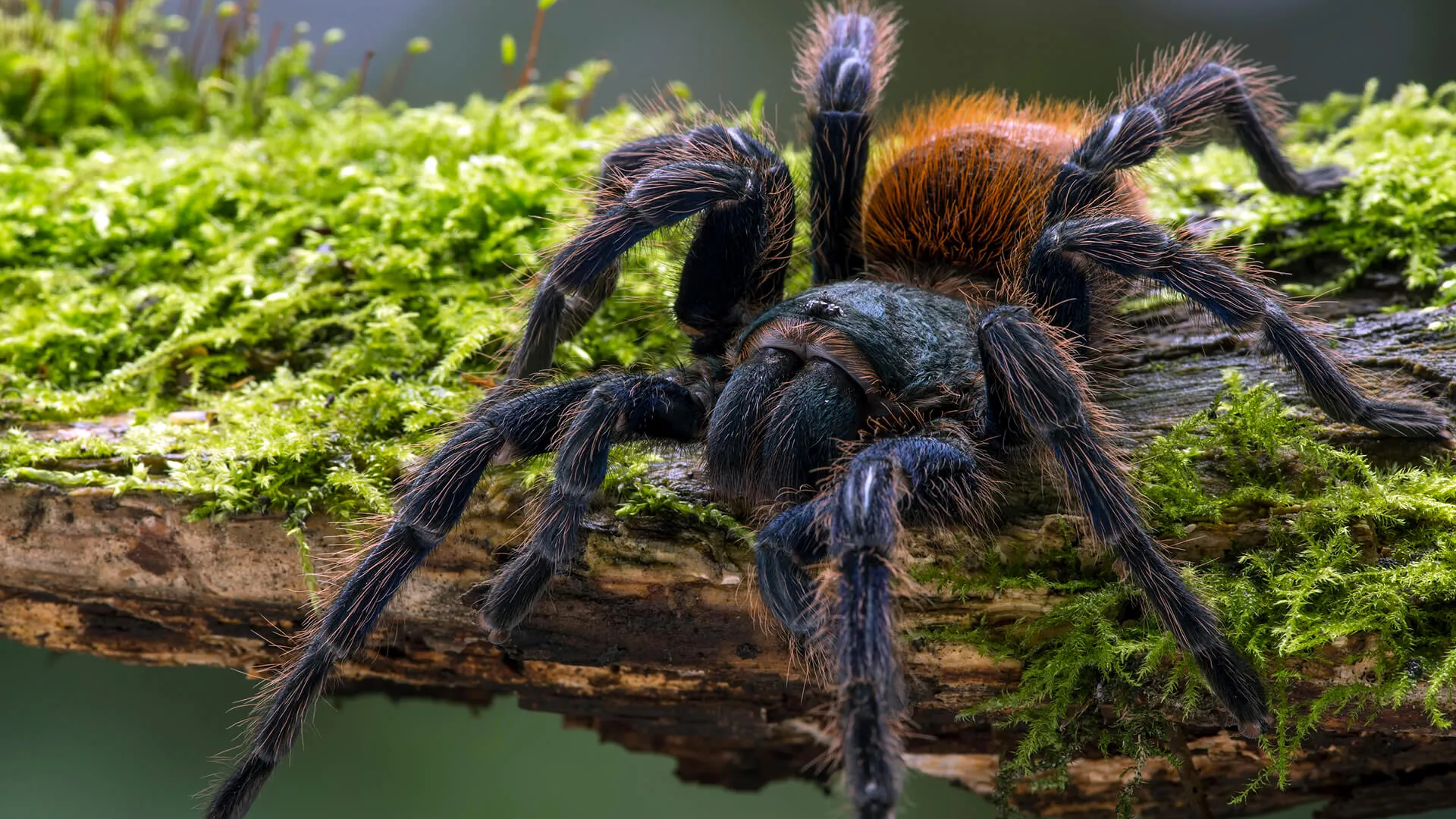
Tarantulas are found in a variety of habitats around the world, primarily in warmer regions. Their distribution is largely influenced by climate and environmental conditions, with most species thriving in tropical and subtropical areas. They have adapted to a range of habitats, from rainforests and grasslands to deserts and mountains. The availability of suitable shelter, such as burrows, rock crevices, or under vegetation, is a crucial factor in determining where tarantulas can live. The specific habitat preferences can vary significantly between different species, with some being terrestrial, living on the ground, while others are arboreal, living in trees. Understanding their habitat requirements is essential for the conservation of tarantula populations.
Where Tarantulas Live
Tarantulas are found in various locations worldwide, predominantly in warm climates. They inhabit a range of environments, including South and Central America, North America, Africa, Asia, and Australia. Their presence is most notable in tropical and subtropical regions where temperatures are consistently warm, and humidity levels are relatively high. Within these areas, tarantulas can be found in different microhabitats, such as forests, grasslands, and deserts. Some species are adapted to burrowing in the ground, constructing intricate tunnels, while others live in trees or under rocks. The specific location and habitat preferences vary greatly among the different species of tarantulas, showcasing their adaptability.
Common Habitats
Tarantulas are adaptable creatures, and can be found in diverse environments. Some of the most common habitats include rainforests, where the high humidity and abundance of insects provide ideal conditions for tarantulas. Grasslands also support various species, with the spiders often burrowing in the soil or finding shelter in tall grasses. Deserts may seem harsh, but some tarantulas have adapted to these conditions, finding refuge in burrows or under rocks. Additionally, they can be found in mountainous areas, with each habitat offering unique challenges and opportunities for the survival of different tarantula species. These habitats all share characteristics that support the tarantula’s way of life.
Diet and Hunting
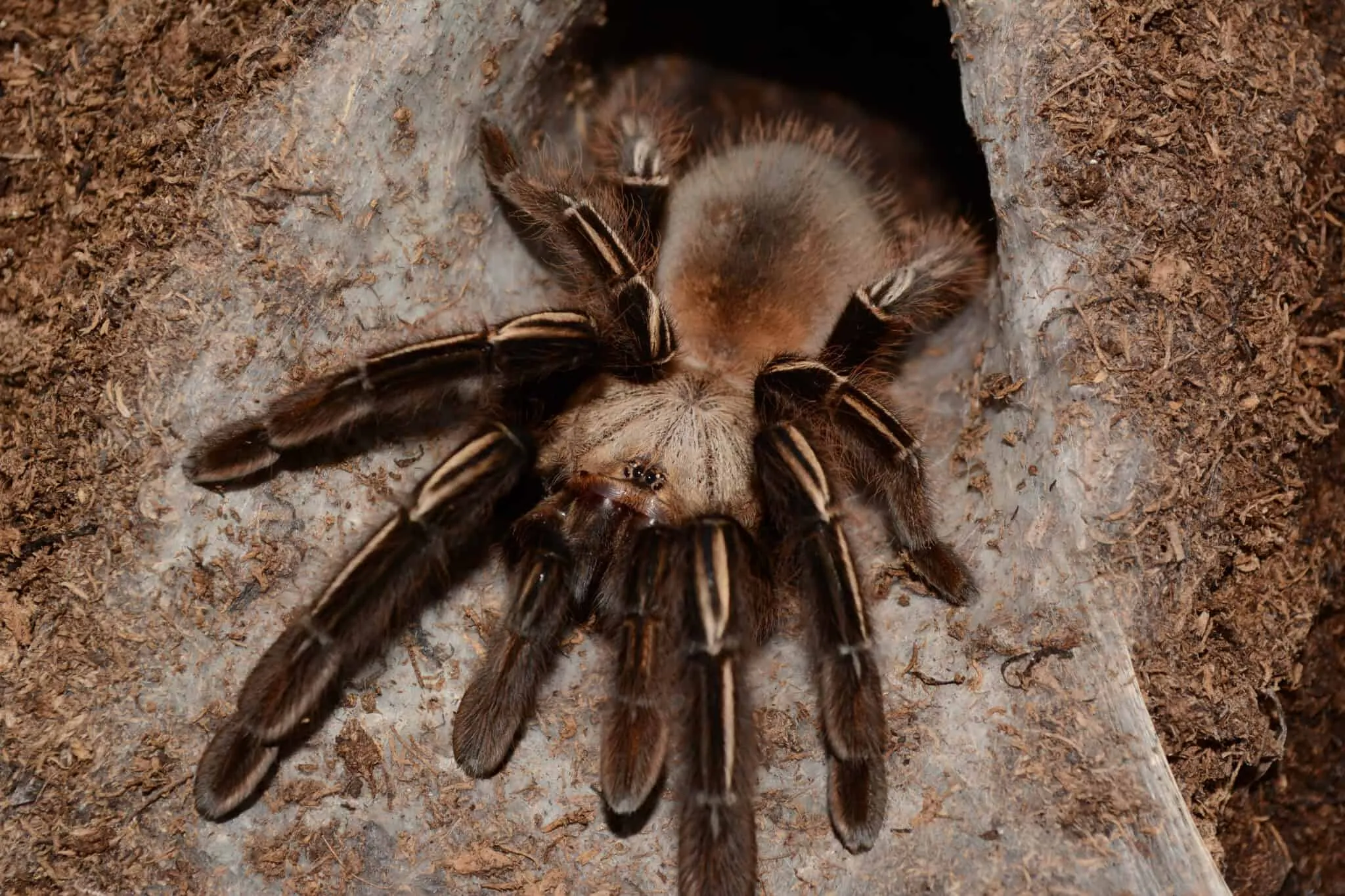
Tarantulas are primarily carnivorous, and their diet consists mainly of insects and other invertebrates. These spiders are opportunistic hunters, meaning they will consume any prey they can subdue. The specific diet of a tarantula can vary depending on its size, location, and the availability of prey in its habitat. They are well-equipped with powerful fangs and venom to capture and kill their prey. They typically hunt at night, ambushing unsuspecting insects or other small animals. Their hunting behavior and dietary preferences play a crucial role in the ecosystems where they live, helping to control populations of insects and other invertebrates. The hunting strategies of tarantulas have evolved to ensure their survival and success in the wild.
What They Eat
The diet of a tarantula largely consists of insects, such as crickets, grasshoppers, and beetles. However, their diet is not limited to insects; they will also consume other invertebrates, including worms, spiders, and even small vertebrates, such as lizards or small rodents. The size of the prey a tarantula can eat often correlates with its size; larger tarantulas can consume larger animals. Juvenile tarantulas typically feed on smaller prey, gradually increasing the size of their meals as they grow. The tarantula’s digestive system is designed to break down the prey externally, by injecting digestive enzymes into the body of their prey and then sucking up the liquefied tissues. This feeding process highlights their predatory nature and role in their ecosystems.
Hunting Techniques
Tarantulas employ various hunting techniques to capture their prey. Many tarantulas are ambush predators, waiting patiently in their burrows or hiding under cover, and ambushing unsuspecting prey. Others actively hunt, roaming their territory at night in search of food. When a tarantula detects movement, it will quickly pounce on its prey. They use their fangs to inject venom, which paralyzes or kills the prey. The venom also starts the digestion process. Some species also have urticating hairs, which they flick towards potential threats, causing irritation. These hairs can deter predators and protect the tarantula while hunting. These different techniques are essential for their survival.
Life Cycle and Behavior
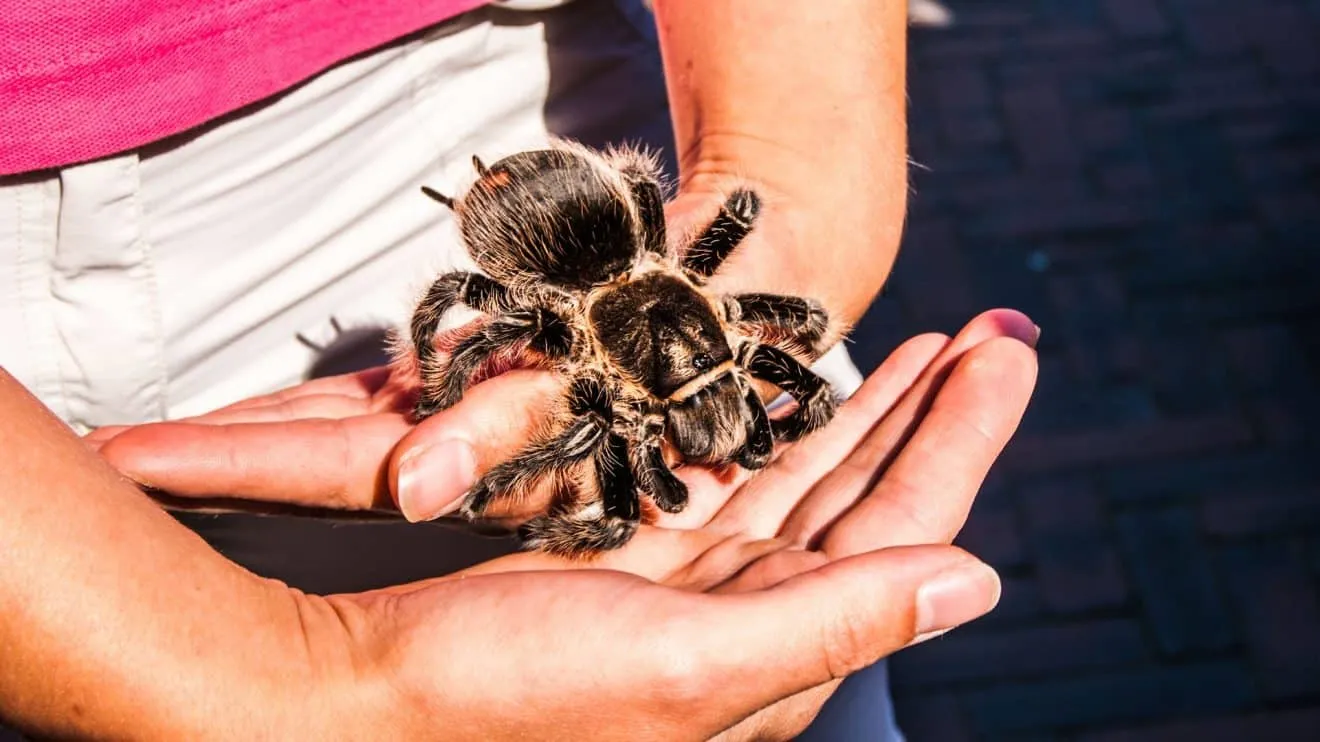
The life cycle and behavior of tarantulas are fascinating and varied. Their life cycle consists of several stages, starting as eggs, which hatch into spiderlings. The spiderlings then undergo a series of molts as they grow, shedding their exoskeletons to increase in size. Adult tarantulas exhibit unique behaviors, including courtship rituals, mating, and parental care. They have complex social interactions, and their behavior is influenced by factors such as their environment, genetics, and interactions with other individuals. Understanding their life cycle and behavior is important for conservation and responsible pet ownership.
Moulting Process
The moulting process is a crucial part of a tarantula’s life cycle, as it allows them to grow and develop. As tarantulas grow, they shed their exoskeletons (molting) to accommodate their increasing size. This process involves the spider creating a new, larger exoskeleton beneath the old one. They then split open the old exoskeleton and crawl out, leaving behind a perfect replica of themselves. During this vulnerable time, the new exoskeleton is soft and fragile. The frequency of molting varies depending on the tarantula’s age, growth rate, and species, with younger tarantulas molting more frequently than adults. The molting process also allows them to regenerate lost limbs and replace damaged body parts, ensuring their continued survival.
Lifespan
The lifespan of a tarantula varies greatly depending on the species and sex. Female tarantulas typically live much longer than males. Some female tarantulas can live for over 20 years, while males often live for only a few years after reaching maturity. The lifespan is affected by factors like diet, habitat, and overall health. Captive tarantulas often live longer than those in the wild due to the controlled environment, consistent food, and protection from predators. Knowing their lifespan helps to appreciate their longevity and provide them with the appropriate care.
Defense Mechanisms
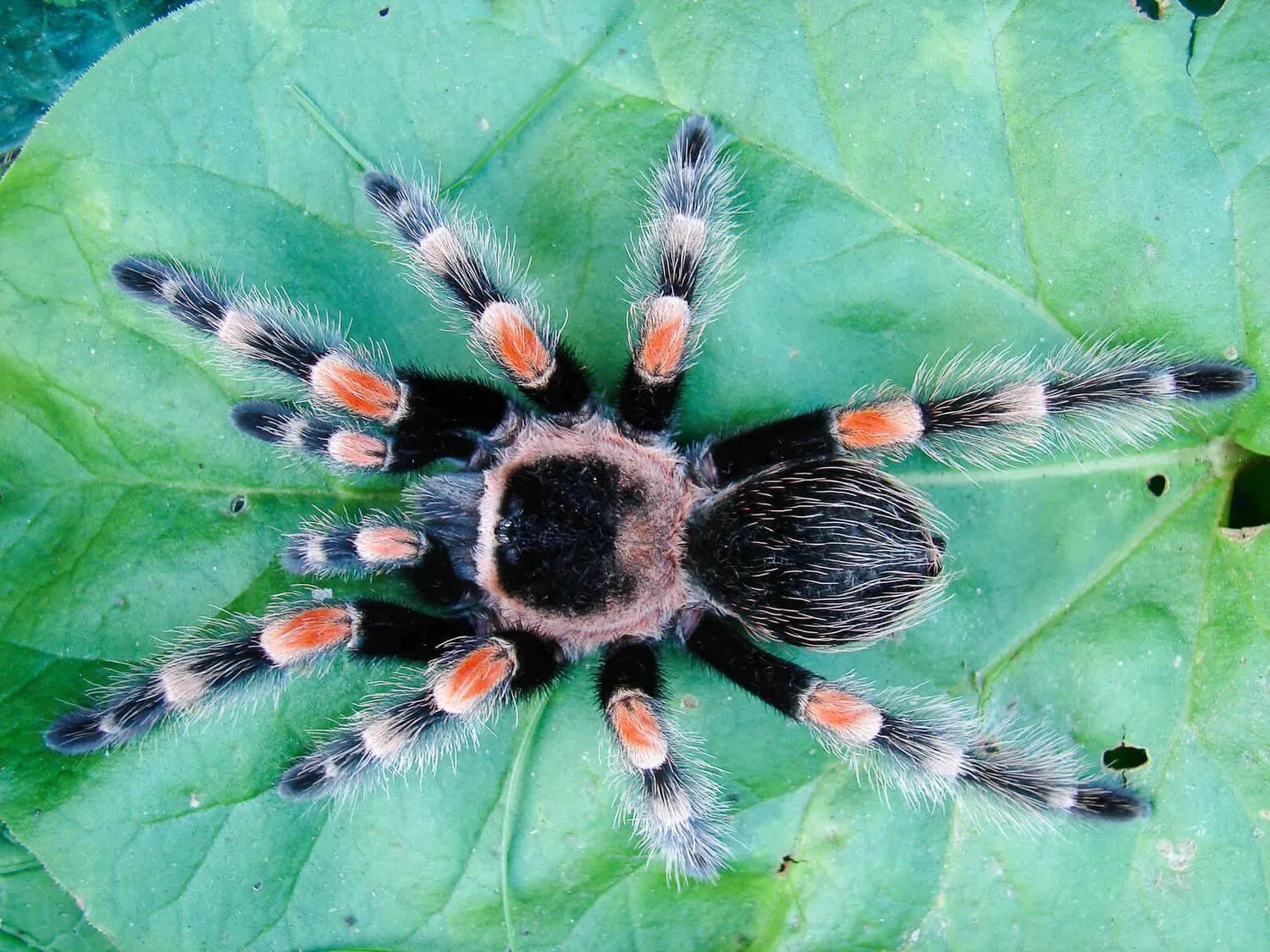
Tarantulas possess several defense mechanisms that they use to protect themselves from predators. These mechanisms include their size and the ability to bite and inject venom. They also use other strategies to deter threats. The most common include their urticating hairs. These hairs are located on the abdomen of some species and can be flicked at predators, causing irritation. They may also use a threat posture, rearing up on their hind legs and displaying their fangs to appear larger and more intimidating. Understanding these defense mechanisms helps to appreciate how tarantulas have adapted to survive in their environments.
Venom and Bites
Tarantulas are equipped with fangs and venom, which they use to subdue prey and defend themselves. The venom of most tarantula species is not considered highly dangerous to humans, but it can cause localized pain, swelling, and discomfort. The severity of a bite depends on the species of tarantula, the amount of venom injected, and the individual’s sensitivity. Bites are rare, as tarantulas usually prefer to avoid conflict and will only bite as a last resort. However, it is important to exercise caution when handling tarantulas and to seek medical attention if bitten, especially if symptoms become severe or an allergic reaction occurs.
Defensive Hairs
Many tarantula species have evolved a unique defense mechanism involving urticating hairs. These specialized hairs, found on the abdomen, are barbed and can cause irritation if they come into contact with skin or eyes. When threatened, the tarantula uses its hind legs to flick these hairs towards the perceived threat. This defense can cause intense itching and discomfort, deterring potential predators. The effectiveness of urticating hairs varies depending on the species and the specific type of hair. Some species have more potent hairs, while others have less irritating ones. This defense mechanism is a fascinating example of how tarantulas have adapted to survive in their environments.
Tarantulas as Pets
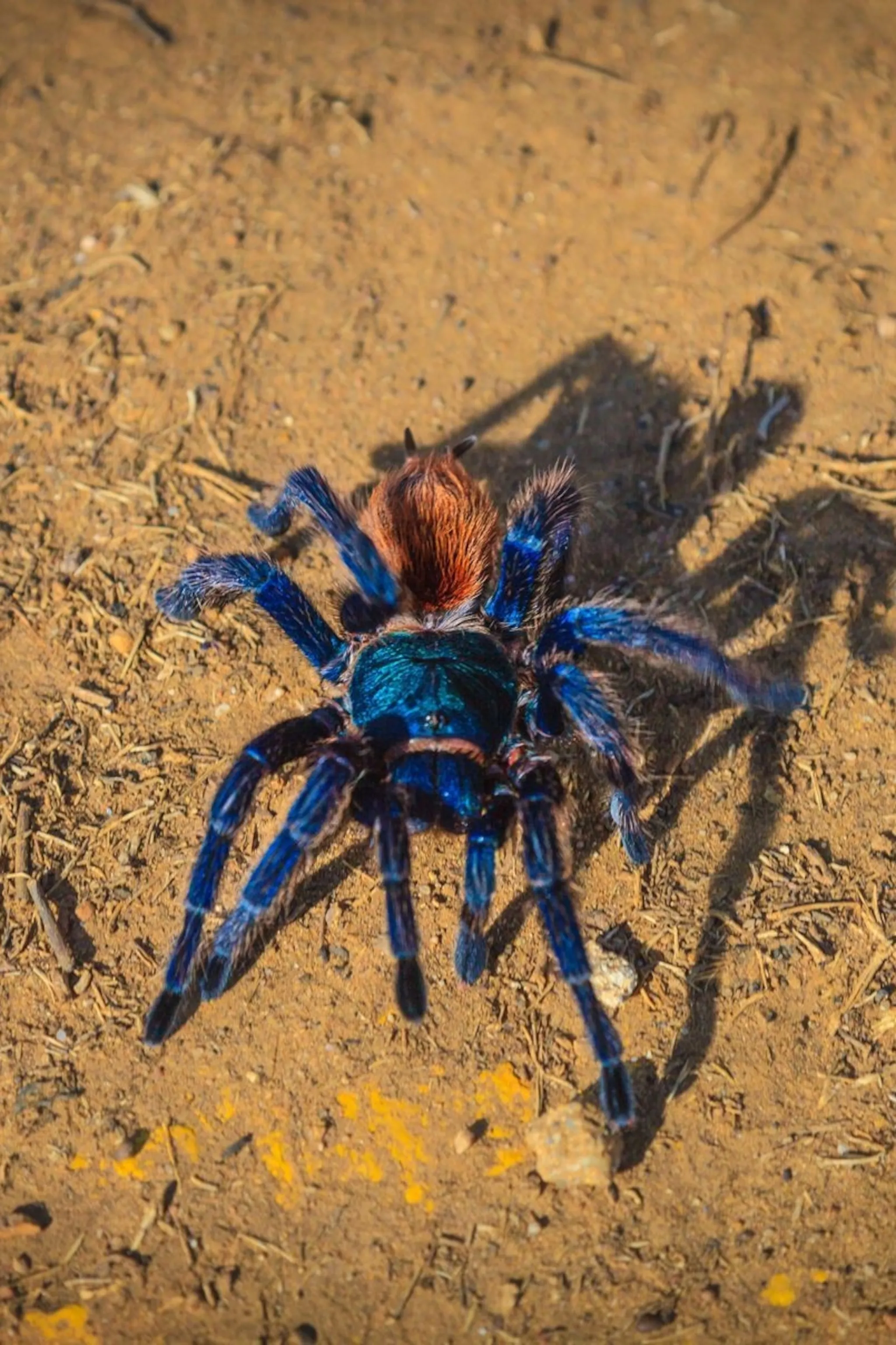
Tarantulas are becoming increasingly popular as pets due to their unique appearance, relatively low maintenance, and fascinating behavior. Keeping a tarantula as a pet requires careful consideration and a commitment to providing the appropriate care. The popularity of tarantulas as pets highlights the growing interest in exotic animals and the importance of responsible pet ownership. Understanding the needs of a tarantula is crucial for their well-being and for a positive experience for the owner.
Keeping a Tarantula
Keeping a tarantula as a pet involves providing a suitable enclosure, maintaining appropriate temperature and humidity levels, and feeding the spider properly. The enclosure should be large enough for the tarantula to move around comfortably and should include substrate, a water dish, and hiding places. The temperature and humidity requirements vary depending on the species. It is necessary to research the specific needs of the tarantula before acquiring one. They require a varied diet of insects, and the enclosure should be cleaned regularly to maintain hygiene. Proper care, including the enclosure, environment, and diet, is essential for the health and well-being of a pet tarantula.
Responsible Pet Ownership
Responsible pet ownership is crucial when keeping a tarantula. This includes researching the specific species, providing a suitable environment, and understanding their needs. Owners must also be prepared to handle the tarantula safely, being aware of their venom and defense mechanisms. Proper handling, sanitation, and knowledge of the animal’s behavior are all essential. Responsible pet ownership also involves considering the ethical implications of keeping a wild animal as a pet, including its origin and the impact on its conservation. It is essential to be committed to providing the best possible care for the tarantula’s well-being and following all local regulations regarding the ownership of exotic animals.
